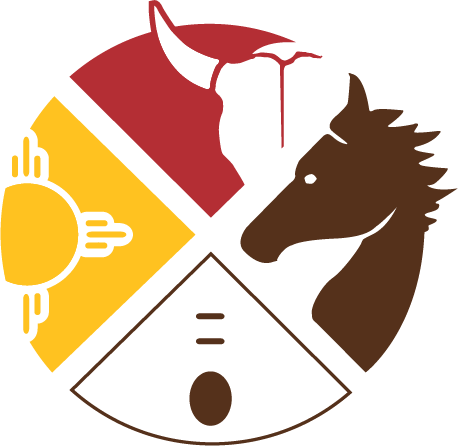With the extreme cold of South Dakota’s winters {often dropping to –50°F}, the lack of adequate shelter can be deadly, and, unfortunately, often is on the Pine Ridge Reservation, as elderly people die each winter from hypothermia {freezing}. Many Reservation homes lack adequate insulation, and most lack central heating. Without basic insulation or central heating, many resort to using their ovens to heat their homes.
Along with the lack of insulation, it is reported that at least 60% of the homes (many of which are poorly constructed government housing) on the Reservation are infested with Black Mold (Stachybotrys). Black Mold causes an often-fatal condition, with infants, children, elderly, those with compromised immune systems, and those with lung and pulmonary conditions at the highest risk. Exposure to this mold can cause hemorrhaging of the lungs and brain as well as cancer. With the prevalence of Black Mold, these houses must to be burned to the ground and replaced with new housing. However, with a median annual income of $2,600 to $3,500 per year, building a new home isn’t a reality for the vast majority and there is no insurance or government program to assist families in replacing their homes.
The small Tribal Housing Authority homes on the Pine Ridge Reservation are so overcrowded and scarce that many homeless families often use tents or cars for shelter. Many families live in shacks, old trailers, or dilapidated mobile homes. There is a large homeless population on the Reservation, but most families never turn away a relative no matter how distant the blood relation. Consequently, many homes have large numbers of people living in them. There is an estimated average of 17 people living in each family home (a home which may only have two to three rooms). Some homes, built for 6 to 8 people, have up to 30 people living in them.
Without question, we must develop affordable methods of building homes for our people. Homes that shelter families from the bitter cold and scorching heat of our region must be available—homes that can withstand the very real threat of wildfires, tornadoes and other extreme weather conditions so common to our land.
What we’ve found is that, as ambitious as it sounds, this is a real possibility. Along with our partners, we’ve begun several building initiatives to demonstrate inexpensive natural building methods that are not only financially attainable for our people, but are much more sustainable than standard building methods. Using materials readily available from our surrounding landscape (including straw, clay, sand, manure and sustainably harvested wood) we’re applying ancient building techniques as well as new technologies and beginning to build high quality, long lasting homes designed to withstand our harsh climate factors.
Unlike pre-built homes we’re used to getting moved to and housed in, the process of natural building fosters community and a real sense of ownership and of “home” which we hope will stimulate the beginnings of a healing process for a people oppressed for so many generations.

